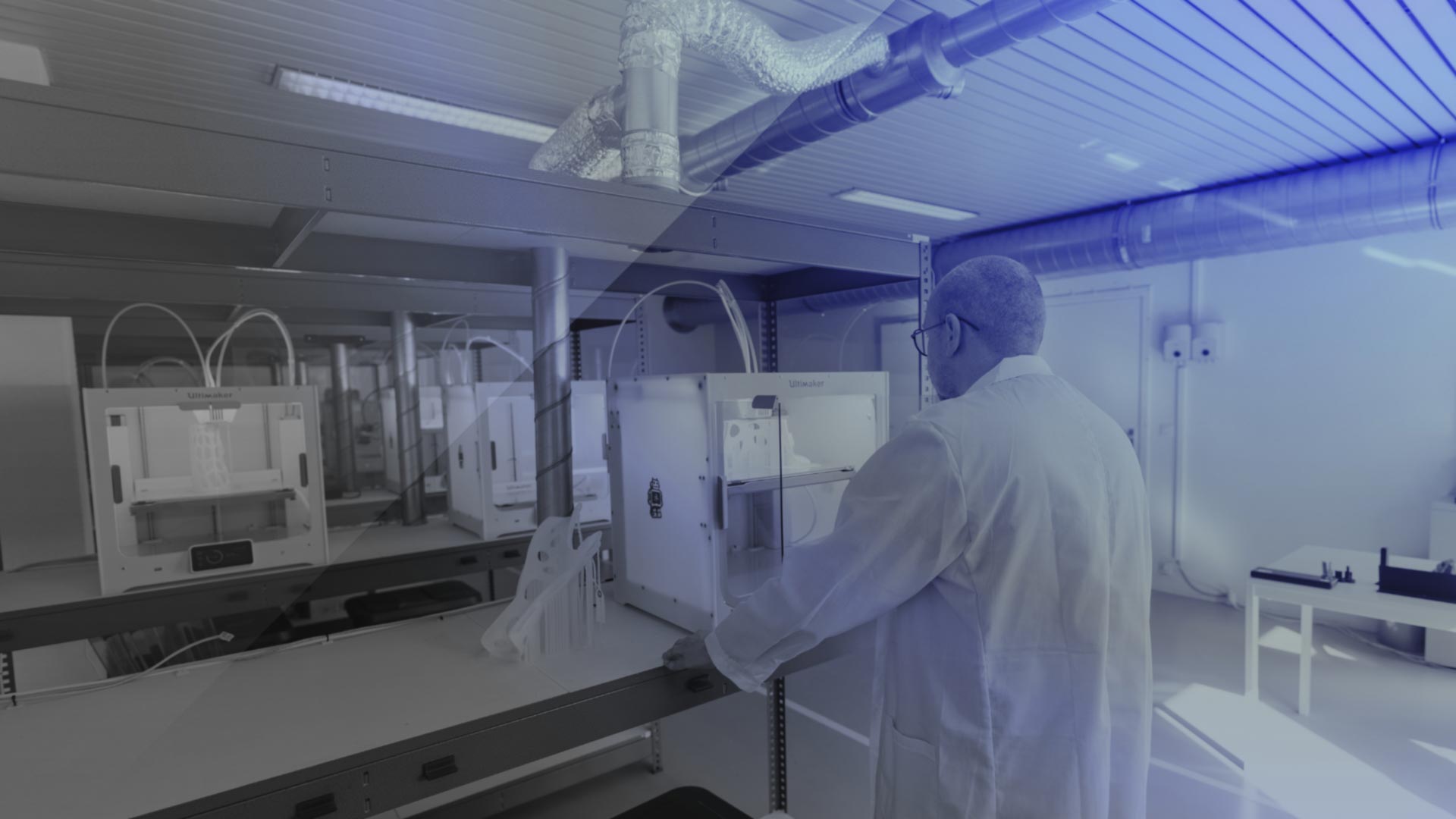According to analysts, additive manufacturing will change the world of industrial production in a significant way. Additive manufacturing technologies are able to dramatically increase flexibility in manufacturing operations, which will become one of the most important competitive differentiators.
The companies’ decision-making process, especially when it comes to additive manufacturing, needs to account for the increased flexibility.
By using an appropriate methodology, production network designs can be improved, realistic evaluations can be conducted, and additive manufacturing methods can be used to a greater extent.
Additive Manufacturing and Flexibility
Additive manufacturing technologies provide value through flexibility. The main types are product mix flexibility, volume flexibility, and new product introduction flexibility.
Thanks to digital development and production processes, additive manufacturing adds flexibility to production workflow.
Production networks can be made more flexible with additive manufacturing technologies, and the cost is not the only factor to consider when determining whether to use Additive manufacturing technologies. Using an integrated approach for Additive manufacturing enables companies to take advantage of Additive manufacturing more effectively. consequently, Additive manufacturing system suppliers will see an increase in demand, which is good news for the whole Additive manufacturing ecosystem.
Additive manufacturing types
Additive manufacturing technologies exist in many forms today, but they can all be grouped into the following 7 categories.
Material extrusion
By adding layers to a build platform, the heated thermoplastic filament is fed through the nozzle and deposited to create the object layer by layer.
Material extrusion was originally developed and patent by S. Scott Crump under Fused Deposition Modelling (FDM) in the 1980s.
Powder bed fusion
One of the early industrial additive manufacturing processes is powder bed fusion, specifically selective laser sintering. Lasers or electron beams are used to melt powdered material and fuse it together to form solid objects.
Powder bed fusion includes Direct metal laser sintering, selective laser sintering, Multi Jet Fusion, Electron beam melting, selective laser melting, and Selective heat sintering.
Binder jetting
A binding agent is deposited into powdered material via binder jetting, usually in liquid form. Alternate layers of bonding agent and building material are deposited by the print head and powder spreader.
Directed energy deposition (DED)
As the material is deposited, directed energy deposition melts and fuses the materials together to create a three-dimensional object. In many ways, they resemble welding but are much finer in detail. It is commonly used for concentrating thermal energy through a laser beam or electron beam, which can also be referred to as LENS and EBAM.
Material jetting
The layers of material are selectively deposited one after another using this additive manufacturing process, much like the inkjet printer. An ultraviolet light cures the layer after it has been applied. Materials jetting printers often feature drop-on-demand or nanoparticle jetting.
Vat photo-polymerization
A technique called Photo-polymerization is used to achieve this goal, where radiation-curable resins or photopolymers are exposed to ultraviolet light in order to produce three-dimensional objects. Chemical reactions cause these materials to solidify when exposed to air.
Under this category, there are three main types: stereolithography, digital light processing, and continuous digital light processing.
Sheet lamination
Applied to both Ultrasonic Additive Manufacturing and Selective Deposition Lamination, sheet lamination technology can be characterized as an umbrella term. All of these technologies stack and laminate sheets of material using adhesive or ultrasonic technology to create 3-dimensional objects. In this process, layers of the unwanted sections are removed from the object once it has been built.







